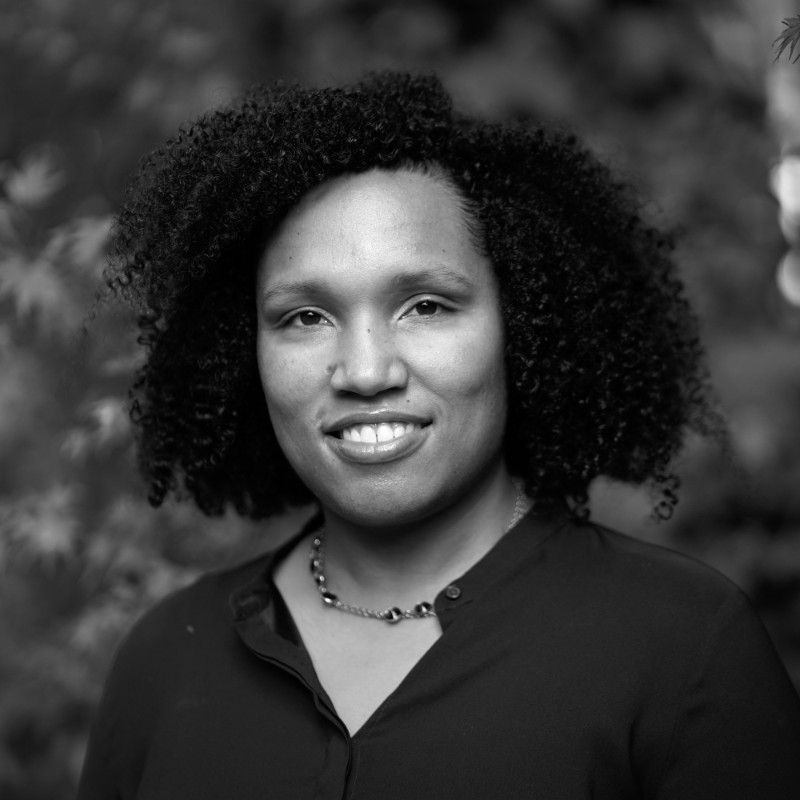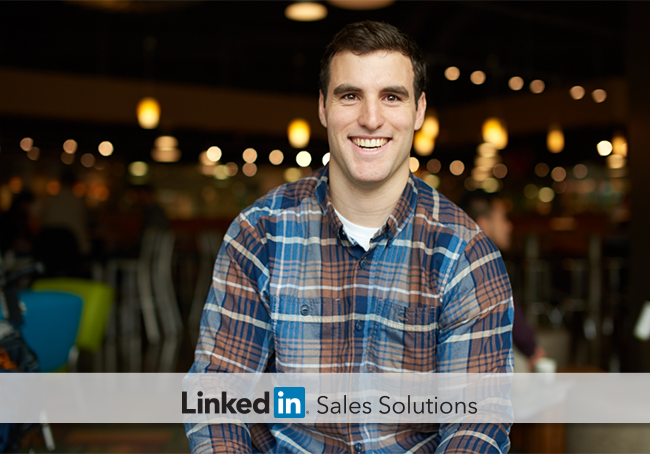How to Build a Social Selling Program that Scales [Case Study]
As a Marketing and Communications Manager at Microsoft, Phil Amato grew the company’s social selling program from 15 sellers to 3,000+ and boosted productivity by 38%. We interviewed him to share his secrets for building a program that scales—here’s what he had to say.
LI: What was your inspiration for the social selling program?
PA: It began with our Social Command Center—a community management hub where we centralize all our social handles and engage with all of our consumers. We found that consumers were really active on social and wanted to hear from Microsoft as a brand. That’s great for B2C, but what about B2B? That’s when we started looking into LinkedIn and Sales Navigator. We needed something that wasn't going to require a whole lot of startup costs. Most people have LinkedIn accounts and profiles. There was a lot of value up front, and we were able to leverage who our sellers were and the existing power of their LinkedIn networks.
LI: How did the program begin?
PA: We started from the ground up with a pilot program of just 15 people selling Microsoft Azure. Since Azure was a new product at the time, we were selling it a little differently. Instead of assigning them accounts, this incubation team had to go find their own customers, so they were always looking for new ways to prospect and break through with new accounts. They were the perfect group for a program like this.
LI: How did the program grow from 15 people to 3,000+?
PA: It happened organically. Our team of sellers had tremendous passion and saw tremendous results. They started to tell all of their friends, “Hey, go talk to Phil, he can give you a Sales Navigator license for LinkedIn.” We got so many requests, soon managers reached out to get on board, then mid-level managers, and it organically worked its way up the chain. By the time it made its way up to the executives, we had a group of rabid users and overwhelmingly positive results. Everyone agreed to scale up the program with more infrastructure and executive support behind it.
LI: How did you ensure the program scaled successfully?
PA: The coaching and support model we built was extremely crucial. Yes, we’re providing sellers with this great tool, but we’re also giving them guidance and coaching on how to specifically leverage social to transform their sales business. We made sure the support was completely scalable, so no one slipped through the cracks. On the back end, we also built out a support infrastructure in Dynamics CRM. This allowed us to create a consistent experience and onboard any seller in any region at any time.
LI: What’s been the impact of the social selling program?
PA: After six months, we did our first extensive ROI analysis. Since social selling impacts almost everything a seller does, we looked at correlation with overall productivity. We found that engaged social sellers were far more productive and generated 38% more new opportunities than the traditional sellers. The numbers speak for themselves: the more engaged a seller is with Sales Navigator, the more productive they are. This series of small actions of looking up people's profiles, sending messages, sharing content, and engaging online all accumulate and add up.
LI: What’s your vision for the next year or two? What can Microsoft achieve?
PA: We want to transform the sales force so that everyone is a highly engaged social seller with the ability and resources to take advantage of the tools provided to them. A sales force that’s socially active and engaged can also be a focal point to tie sales and marketing together. If we provide relevant content that they share online with prospects, everyone’s telling the same story. When sales and marketing can work together like that, it makes Microsoft more successful.
Click here to download the full version of Phil's social selling success story.
Topics: Winning with Sales Navigator LinkedIn Sales Insights best practices and customer stories
Related articles



